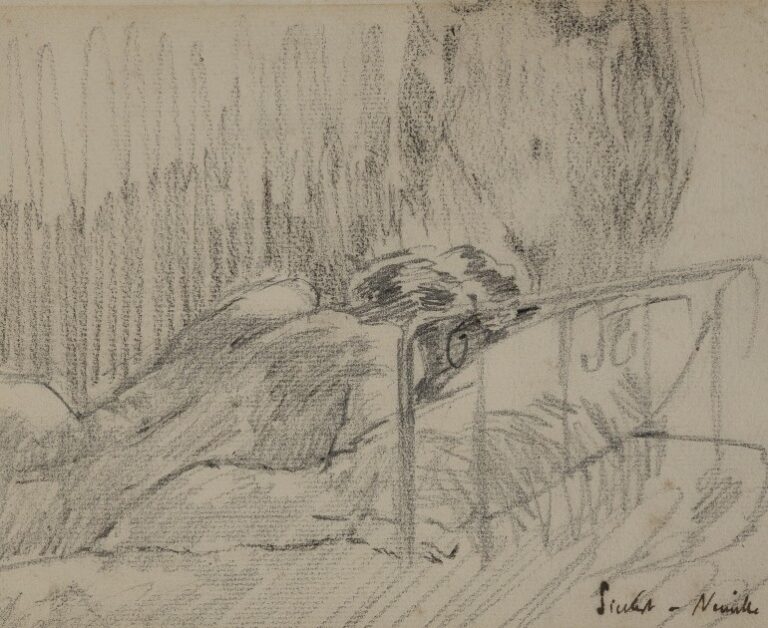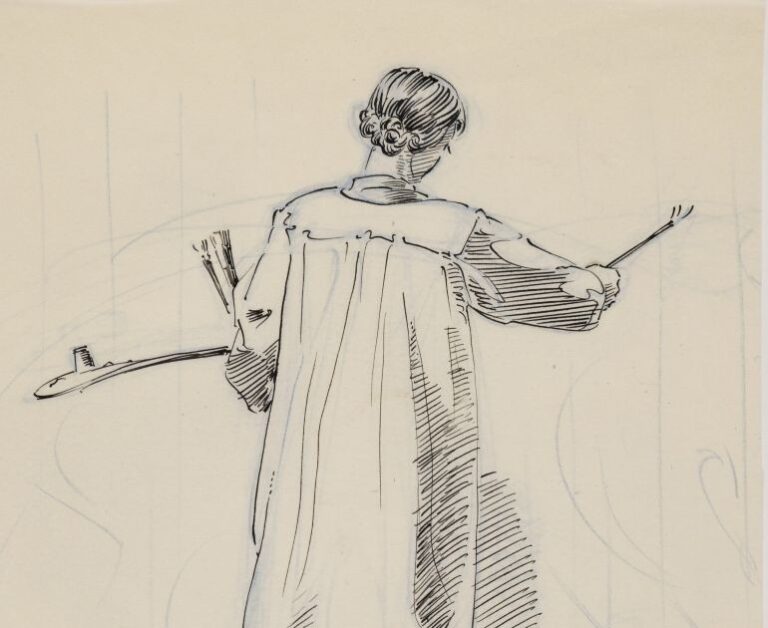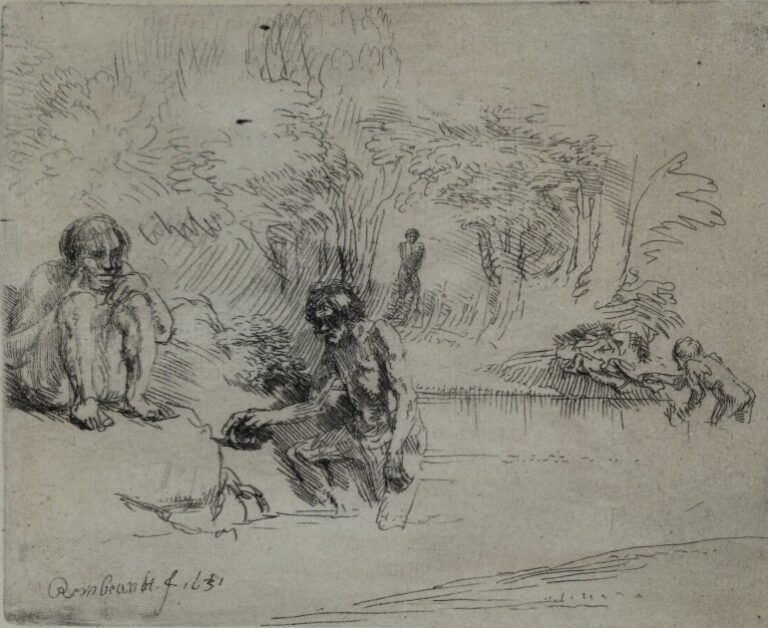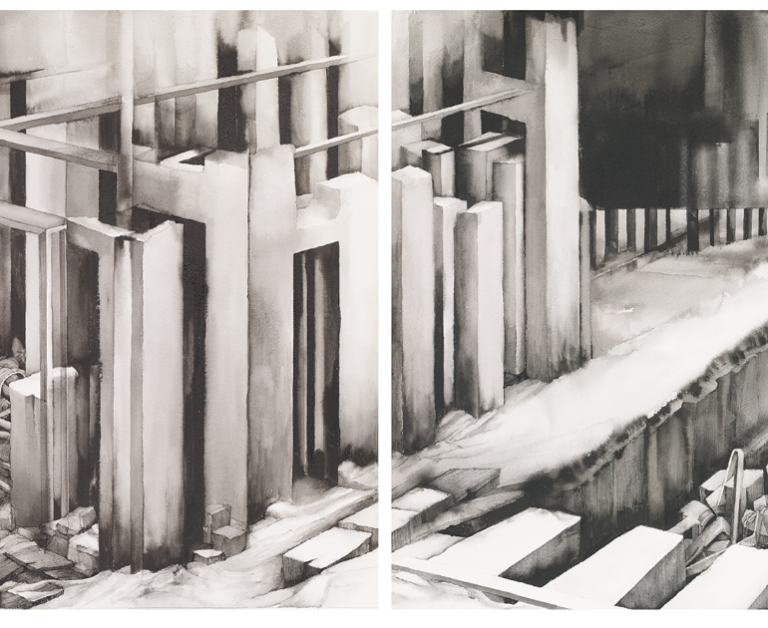Work Experience Diaries: Part 3
-
Author
- clareplascow
-
Published Date
- September 3, 2025
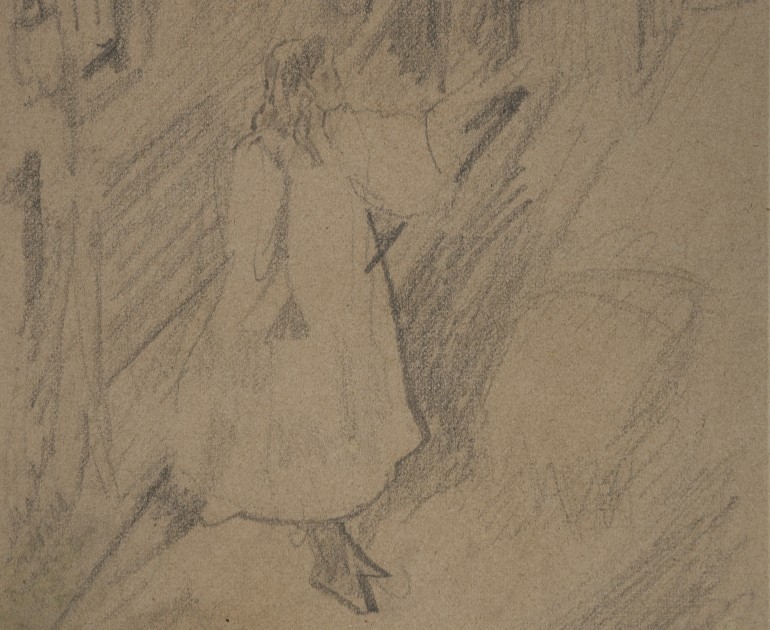
My Art Collections Work Experience Diary, July 2025
Written by Erin Ruiz
I have been fortunate to be able to spend two days doing a work experience placement at the University of Reading Art Collection, gaining a closer insight into the behind-the-scenes of collecting and curating historic art. I find the background behind works fascinating and spent my time researching Walter Sickert. I wanted to explore him, both as an artist and by selecting a specific sketch by him to research. I chose a work which he later turned into the painting “Little Dot Hetherington at the Bedford Music Hall”. Seeing his intentions for the painting through his initial sketch (and how it transformed into a final painting) was very informative and interesting, particularly as someone who enjoys painting and uses sketches and designs beforehand to plan out the final design.
Born in Munich, Germany on 31st May 1860, Sickert moved to London in 1868 and graduated from Kings College at the age of 18. After initially intending to pursue a career as an actor he began studying art in 1881, using his passion for everything theatrical and dramatized to fuel his radical and unconventional approach to the arts. Considered one of the most significant and innovative artists of the 20th Century, Sickert also founded the Camden Town Group. This group of 16 male artists met weekly at Sickert’s studio in London, and all had similar goals to portray the reality of people inside their homes in urban areas, and not the idealised “proper” way of being.
Sickert’s own approach to paintings tended to be quick using the alla prima technique (wet-on-wet paint layers). While he started painting small tonal studies from nature, Sickert preferred to paint from reference photographs or prints. The goal was always to finish the painting without spending more time than necessary on each one.
Sickert painted a wide variety of subjects, but he tended to do a lot of complex interior paintings which contained people. This included bedrooms, living rooms, music halls etc., to create a compelling narrative between his subjects and their surroundings. His paintings were extremely unusual, depicting subjects in vulnerable states, the working class, and using bold strokes and colours, all of which were extremely challenging to artistic norms of the time.
“Little Dot Hetherington at the Bedford Music Hall” was one of Sickert’s more significant oil paintings and was created early in his artistic career. Sickert chose to depict the music hall because of his previous experience and passion for acting, dressing up in different costumes and all things theatrical. The painting focuses on Dot Hetherington, an actress, singer, and dancer, who was probably around 12 -13 when Sickert created this work.
Sickert did two sketches of before creating the final painting. The first focused on Dot suggesting that he wanted the most attention to be on her. This is also shown by the direct lighting pointed towards her in the finished painting, with the narrative of the painting relating to Dot being on the stage.
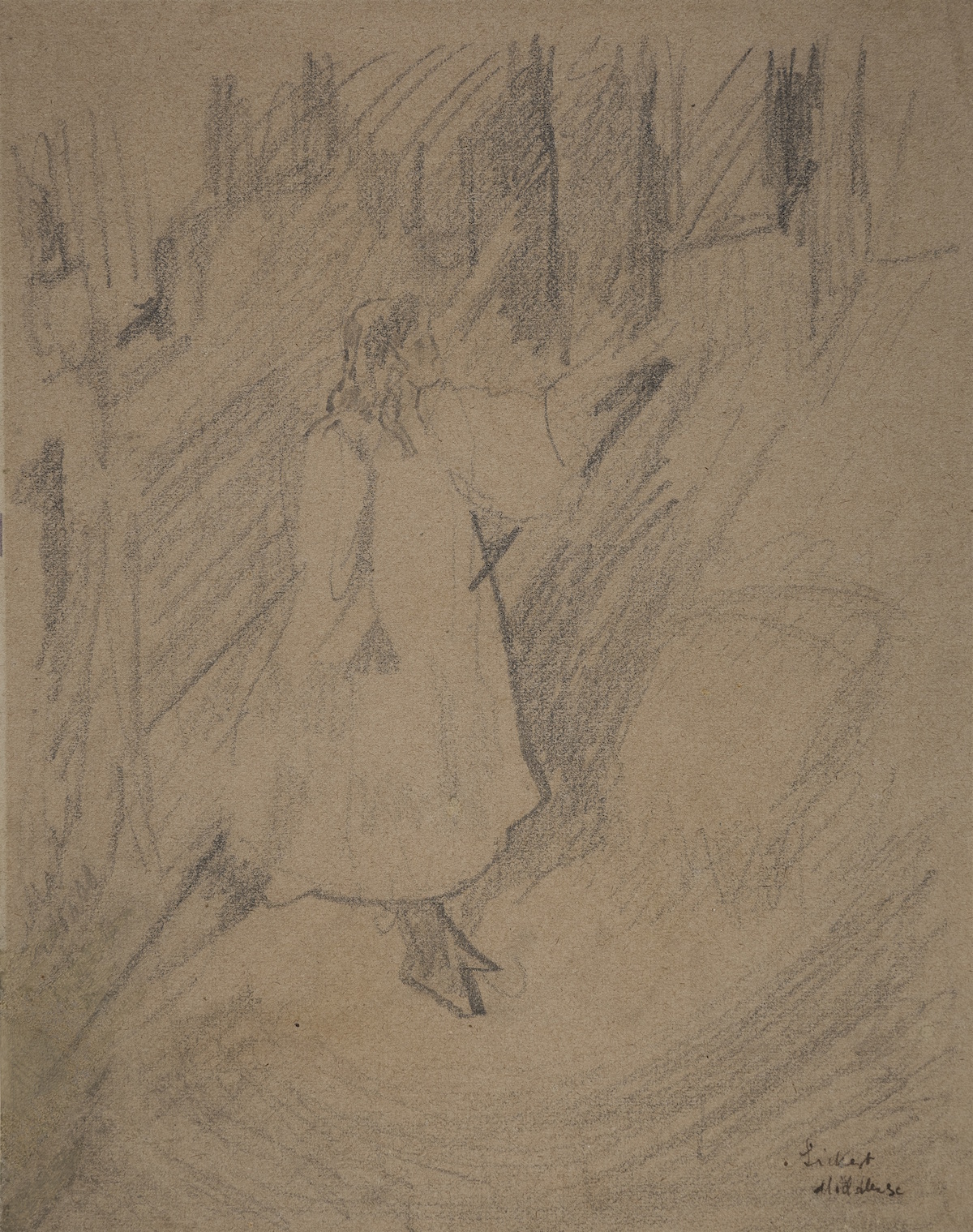
The second sketch depicts the wider composition. Shown from the point of view of an audience member, Sickert helps us feel connected to the theatre and ultimately the artwork. He most likely transformed this sketch into the final painting by transferring the design to canvas via a grid and using an underpainting before applying the final colours – a common method used when making paintings from illustrations or prints. The complexity of the background including the stage setup surrounding Dot was most likely reflective of Sickert’s passion for theatre as he would have wanted to include the totality of the feeling of being in the room, by making sure every detail was accurately communicated to his audience.
